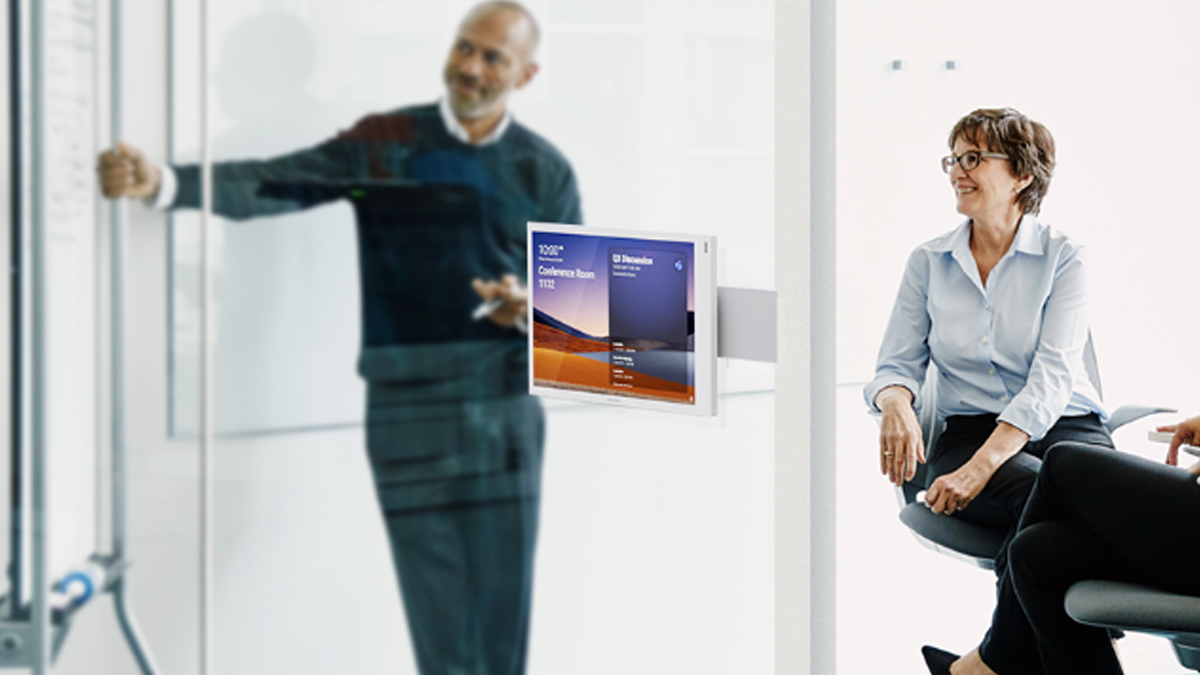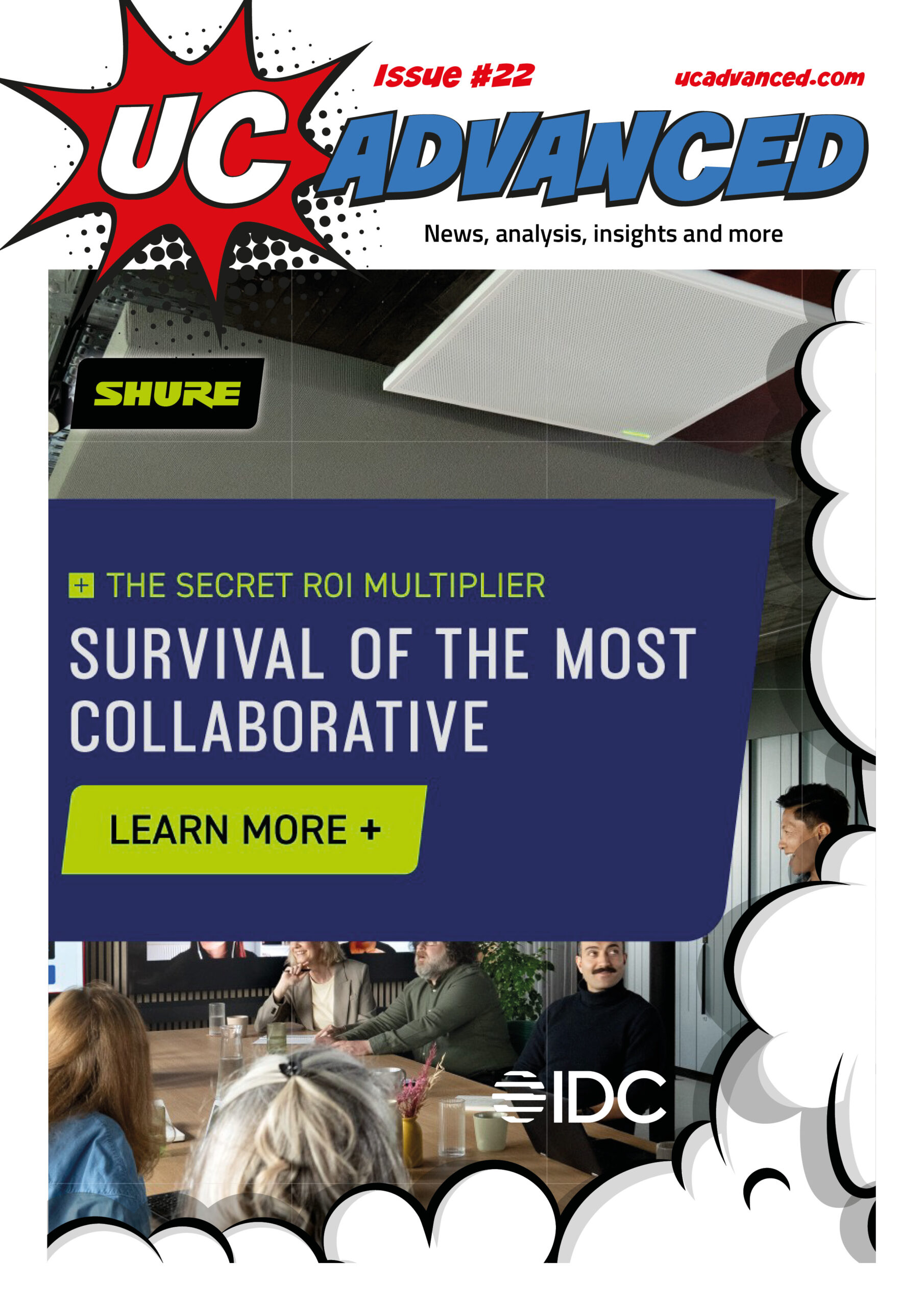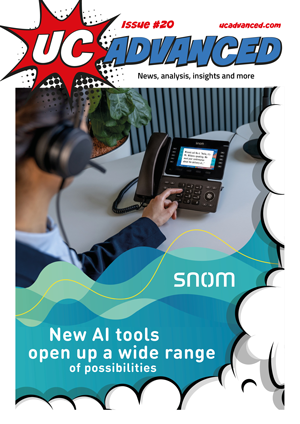We use a number of words to reference these devices – meeting panels, room organisers, booking systems, control panels and other names too. They are the one-touch devices that help manage workplaces more efficiently, using data to optimise real estate and helping everyone know where they are supposed to be.
Crestron and two leading AV specialists, Mike Hancey, Director of Technology at AuDeo Systems and Scott Belbin, Account Manager from Pacific Ltd., discuss why and how these book-from-anywhere devices are becoming more integrated and essential in UCC experiences.
Crestron: There are more types of spaces in the workplace than ever. Crestron Scheduling gathers them all on one convenient platform, enabling the user to identify specific spaces and their availability. Booking can be made from desks, on personal devices, or on the spot using Crestron’s enterprise-grade scheduling panels.
Crestron brings user interfaces – touch panels in this case – into the control stack so that a UI and a control system work together to deliver both automation and a user interface into the space so that both are available to the end user.
Meeting panels have come a long way since launch with responsiveness, integration and software updates – briefly tell us about your approach?
Mike Hancey, AuDeo Sytems: As a trusted reseller and integrator, we provide a range of booking panels and software systems that businesses can tailor to their needs and budget. We help organisations select the right technology, whether it’s intuitive panels that sync seamlessly with their calendar system or a comprehensive resource management platform offering room and desk analytics, visitor management, and catering service requests.
Scott Belbin, Pacific: Room booking panels are an often overlooked, but integral piece of the UC infrastructure, when installed and configured correctly. The best example we can give clients is usually an in-person demo of the hardware within our Basingstoke office. We have a number of panels from a variety of manufacturers, including Crestron, Evoko, Extron, Logitech, MaxHub and Yealink. It’s here that we’re able to demonstrate how they integrate with the UC hardware, showcasing features such as calendar integration, quick booking or amending and even LED lighting.
Tell us about the SMART features that enable energy efficiency, such as light sensors, and other features, such as movement sensors?
Crestron: Occupancy sensors can trigger meeting settings, shut down rooms that aren’t in use, and report usage data to a centralised cloud management solution. That data can be invaluable for a business looking to either expand or contract the footprint of an enterprise. For other environmental sensors, and lighting is an excellent example of this, managing data for the best result is key. The solution’s not only about balancing natural and artificial lighting with shading and fixtures but also understanding what the meeting’s about: Do the lights need dimming to make a presentation really pop? Or is this a gathering that’s going to lean into face-to-face communication?
Mike Hancey, AuDeo: By integrating occupancy sensors, organisations can accurately measure space usage, enabling data-driven decisions for office relocations, redesigns, and refurbishment. Smart innovations help businesses create more efficient, flexible and sustainable workplaces. Built-in light and motion sensors, ensure energy is only used when needed, cutting waste and lowering costs. Intelligent occupancy tracking frees up underutilised spaces, maximising availability, while cloud-based management empowers facilities teams to monitor and optimise room usage in real time.
Scott Belbin, Pacific: A further enhancement to LED lighting is 365 integration. Our panels are set up with their own email address, which can be included when scheduling a meeting, and within 30 seconds, the room will confirm its availability, or decline the meeting if booked by other parties. This removes the requirement for users to upload a new calendar, check availability and then book the space. When adding the room, 365 is able to clearly show the user if the space is available or booked, again, making booking the space simple and swift.
Standard booking panels can also be linked to in-room occupancy sensors which can “wake the room up” as a scheduled meeting is stated to begin, ensuring that all hardware is operational prior to the commencement of any UC meeting, whilst also assisting with the reduction of energy consumption, which is becoming increasingly relevant to users.
How important is compatibility with platforms – such as Teams, Zoom etc. and being certified? How many platforms are essential – all or most?
Crestron: In one sense, “the more, the merrier,” but that interoperability shouldn’t sacrifice a system’s ease of use to accommodate everything. When it comes to the platforms we partner with – and Teams and Zoom are two great examples – providing control from a single pane of glass is the goal. We put a high value on certification from both those manufacturers (and others), as that tells the customer they’re specifying a truly reliable solution.
Mike Hancey, AuDeo: It is our philosophy that no matter what room booking system is chosen, it shouldn’t change the way you currently work. The technology we provide seamlessly integrates with your existing workflows, whether through calendar displays or tools that help you find the right meeting space. Flexibility is key. While some organisations standardise on a single meeting platform, many operate in hybrid environments where cross-platform compatibility is essential.
Scott Belbin, Pacific: I mentioned “standard” panels previously, however there’s also a space where we’re able to write a fully customized booking and control panel from scratch, using one of our in-house programmers. These are usually deployed in larger scale, or custom spaces, such as spaces which can be reconfigured from one large space, to multiple, smaller spaces with self-contained UC hardware. This bespoke option affords the user a much broader range of control, including the ability to book the space, control the camera, mute the mics/speakers, send individual content to certain displays and power the entire system on/off. This customisation can be integrated to a standard panel and fixed in place within the space, or can be uploaded to a tablet, such as an iPad, which gives the control of the space a greater degree of flexibility by allowing users to control the UC hardware from anywhere within the space.
Any other considerations?
Mike Hancey, AuDeo: Installing meeting room technology is about more than just functionality – it’s about creating a smooth, user-friendly experience. Meeting panels should be positioned at an ergonomic height and located near entrances for easy access. With various mounting options – including walls, door frames, glass partitions, and stands – you can ensure a consistent installation across your business. Equally important is power and network reliability. Opting for booking panels that support Power over Ethernet (PoE) simplifies installation and cabling, ensuring a cleaner setup and a more reliable connection. What AuDeo takes into consideration when installing any UC product including Meeting Panels is this. What we are doing is providing an integrated system/solution that can assist with holding meetings and contributes to successful, efficient & productive outcomes. We should never let go of that objective.
Scott Belbin, Pacific: All in all, the humble room booking panel whist often overlooked, really can be an integral part of the UC experience.












